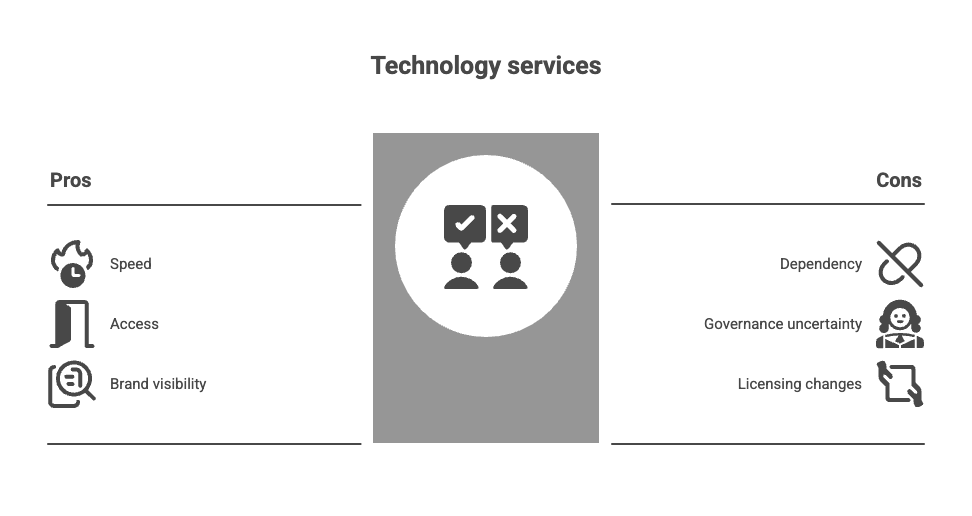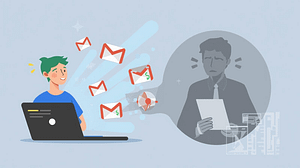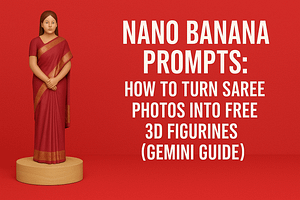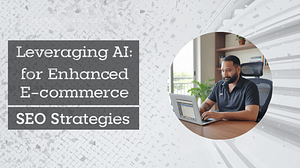Microsoft AI Gamble | $10B OpenAI bet | AI future | Google Gemini | Tech Time Bomb
When OpenAI launched ChatGPT in late 2022, it wasn’t just another tech release — it was a cultural earthquake. Overnight, artificial intelligence went from niche research papers to front-page news, dominating boardroom agendas, policy debates, and watercooler conversations.
What happened next was inevitable: the AI gold rush began.
Every major tech company suddenly realized that if they weren’t actively integrating AI into their products, they weren’t just missing an opportunity — they were risking their future.
Because in the AI game, the stakes are brutally simple:
- If you lead, you define the future.
- If you lag, you get left behind.
The AI Gold Rush: How the Giants Moved
In the new AI race, the rules are brutal:
- Dominate and you lead the tech world.
- Fall behind and risk becoming irrelevant.
The scramble began.

Google: The Resurgence Nobody Expected
For years, Google was criticized for moving too slowly on AI despite having world-class research teams at DeepMind and Google Brain. But when ChatGPT exploded in popularity, Google’s leadership — including CEO Sundar Pichai — realized hesitation was no longer an option.
Co-founders Larry Page and Sergey Brin, who had been largely absent from daily operations, were pulled back into the trenches.
The company responded with Google AI Studio and the launch of Gemini, a family of AI models designed for text, image, video, and audio generation. While OpenAI focused on conversational AI, Google rapidly advanced in visual prompts and multimodal AI.
Today, many AI analysts argue that Google is arguably the best in the game when it comes to vision-based AI — a position few thought it would reclaim so quickly.
Elon Musk’s xAI: The Maverick Challenger
Elon Musk, who co-founded OpenAI before parting ways, wasn’t about to let the AI race pass him by. He launched xAI and its flagship model Grok, now deeply integrated into X (formerly Twitter).
Grok’s appeal isn’t just in its technical capabilities — it’s in its alignment with Musk’s brand: fast-moving, controversial, and disruptive. Musk’s strategy is clear: build an AI ecosystem that serves both as a standalone product and as an enhancement to his existing empire (Tesla, SpaceX, X, and potentially more).
Meta AI: Zuck’s Vision for Everyday AI
Mark Zuckerberg, often underestimated in AI discussions, took a different approach. With Meta AI, he’s embedding artificial intelligence directly into products like Ray-Ban smart glasses, aiming to make AI a seamless part of daily life.
Instead of chasing headline-grabbing benchmark scores, Meta is focusing on ubiquity — putting AI into the hands (and on the faces) of hundreds of millions of users. Behind the scenes, Meta has been aggressively hiring top AI engineers to ensure they can compete at the infrastructure level too.
Microsoft AI Gamble Unconventional Play: Buy, Don’t Build
While Google, Meta, and xAI poured resources into building proprietary models, Microsoft made a radically different choice:
It bet big on someone else’s tech.

Rather than going toe-to-toe with OpenAI, Microsoft invested billions (reportedly securing up to a 49% stake) to become its most important partner. The logic seemed flawless:
- Get early, exclusive access to the most advanced models.
- Integrate them across Microsoft products.
- Leapfrog rivals without the slow, costly process of building from scratch.
The result? OpenAI’s GPT models are now deeply woven into Microsoft’s ecosystem:
- Windows Copilot for OS-level AI assistance.
- Microsoft 365 Copilot for Office apps.
- Azure OpenAI Service for cloud customers.
- GitHub Copilot for developers.
- Bing Chat for search.
The Sam Altman Factor: Why Microsoft Doesn’t Truly Own Its AI Future
Here’s where the strategy gets risky.
Microsoft may have invested billions, but it didn’t buy OpenAI. It bought access.
OpenAI’s nonprofit governance structure — designed to prioritize mission over profit — means no outside investor, not even Microsoft, has controlling power.
And Sam Altman isn’t your typical tech CEO. Before OpenAI, he ran Y Combinator, the legendary accelerator behind companies like Airbnb, Dropbox, and Stripe. He’s strategic, well-connected, and fiercely protective of OpenAI’s independence.
This means Microsoft’s fortunes are tied to an entity it doesn’t control — an entity whose decisions could, at any moment, disrupt Microsoft’s AI roadmap.
The November 2023 boardroom drama, when OpenAI’s board briefly ousted Altman before reinstating him, was a wake-up call. If a single governance dispute can shake one of the world’s most valuable AI companies, what happens to the partner who’s bet their entire AI strategy on it?
The Time Bomb Scenario
Let’s imagine a worst-case future:
- OpenAI changes its licensing terms.
- A governance decision limits commercial partnerships.
- A competitor offers OpenAI a better deal.
Any of these could leave Microsoft scrambling to rebuild its AI capabilities from scratch — a dangerous position when competitors like Google and Meta have homegrown models they fully control.
Why Microsoft Still Has an Ace Up Its Sleeve
All that said, Microsoft isn’t naive. Having worked side-by-side with OpenAI’s engineers, it has likely gained invaluable knowledge about AI infrastructure, scaling, and deployment at a global level.
If it chose to, Microsoft could begin developing its own large language models tomorrow, leveraging both its data resources and its experience delivering AI to millions of users.
Some industry watchers even speculate that this process may already be underway quietly — a “shadow project” to ensure AI independence if the OpenAI partnership ever falters.
Partnerships Are Great… Until They’re Not
The truth about tech partnerships is this: they’re mutually beneficial until one side decides they’re not.
For now, Microsoft’s bet on OpenAI looks like a masterstroke. It accelerated the company’s AI adoption, gave it a leading position in enterprise AI, and revitalized products like Bing and Office with cutting-edge capabilities.

But the question lingers: is this the smartest long game in AI — or the setup for the biggest “I told you so” moment in tech history?
Time will tell. But one thing is certain: in the race for AI dominance, standing still is not an option.
Key Takeaways
- Microsoft’s AI bet is high-reward, high-risk — unparalleled access to OpenAI’s models, but zero ownership of the core tech.
- Competitors like Google, Meta, and xAI have opted for independence by building their own models, reducing long-term dependency.
- If the partnership breaks, Microsoft could face a massive scramble — unless it’s already building its own in secret.
Follow d2ctoday for more such updates







